Deck & Commander Strategies

Vishgraz, the Doomhive
Deploy infect and toxic creatures to poison opponents quickly, using proliferate and combat damage to increase poison counters for a fast lethal.
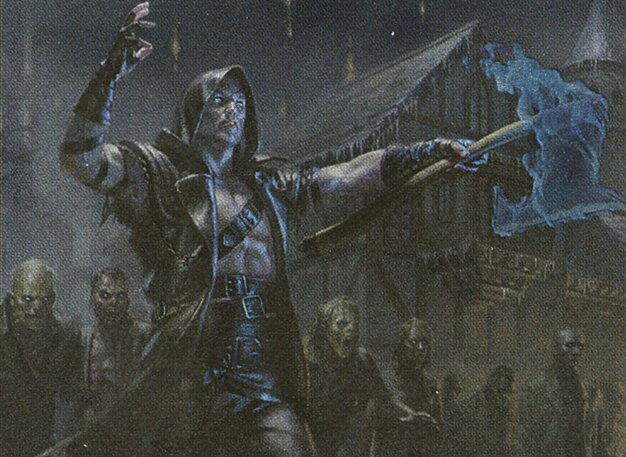
Wilhelt, the Rotcleaver
Zombie tribal that generates value through creature sacrifice and card draw, creating a resilient board presence and recurring threats.
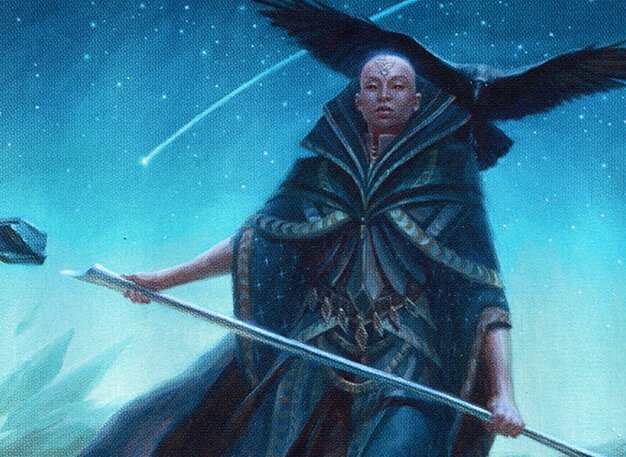
Sefris of the Hidden Ways
Utilize the venture into the dungeon mechanic triggered by creatures dying to gain incremental advantages and recur powerful creatures from the graveyard.
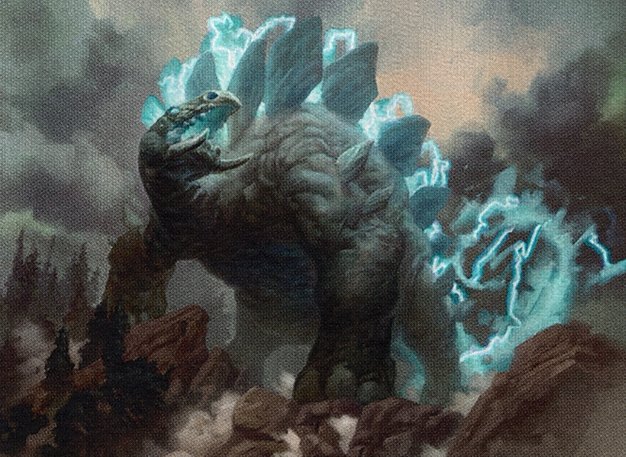
Kalamax, the Stormsire
Spell-slinger focused on casting instant and sorcery spells, copying them for additional value and setting up combo potential with spell triggers.
Gameplay Insights
- 1
The infect player used proliferate effectively alongside toxic creatures to rapidly increase poison counters, pressuring opponents to block or lose quickly.
- 2
The zombie deck leveraged sacrifice triggers and card draw through Necrogen Communion to maintain board presence and fuel the venture into the dungeon mechanic of the Dungeons deck.
- 3
Sefris's dungeon venture triggered on any creature death from any graveyard, enabling timely recursion and incremental value even from opponents' creature deaths.
- 4
The spell-slinger used Kalamax's ability to copy instant spells and accumulate platform counters, enhancing spell-based value and control options.
- 5
Flashbacking a sacrifice spell created a board wipe effect that benefited the dungeon deck's venture triggers and disrupted opponents' boards.
- 6
Combat decisions involving blocking toxic creatures were critical, as allowing damage meant accumulating poison counters leading to eventual loss.
Notable Cards
-
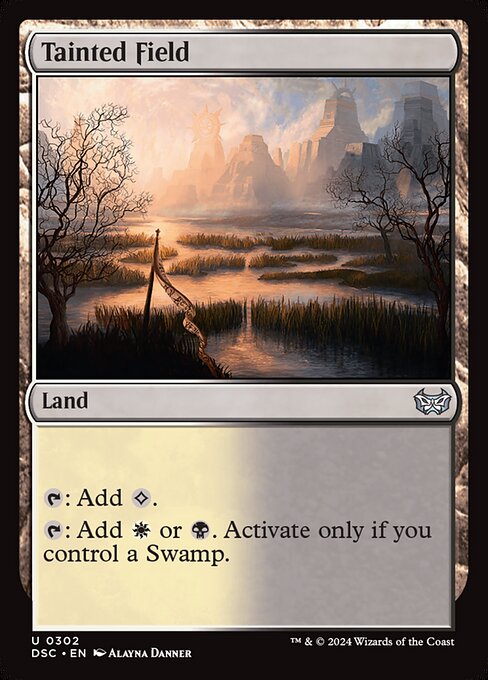
Tainted Field
-
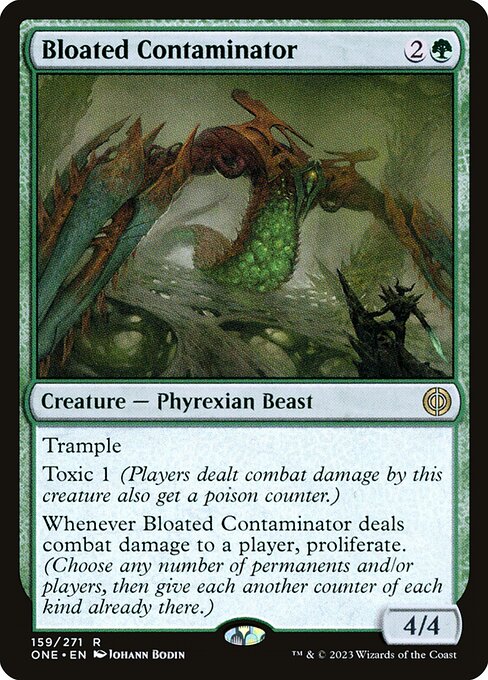
Bloated Contaminator
-
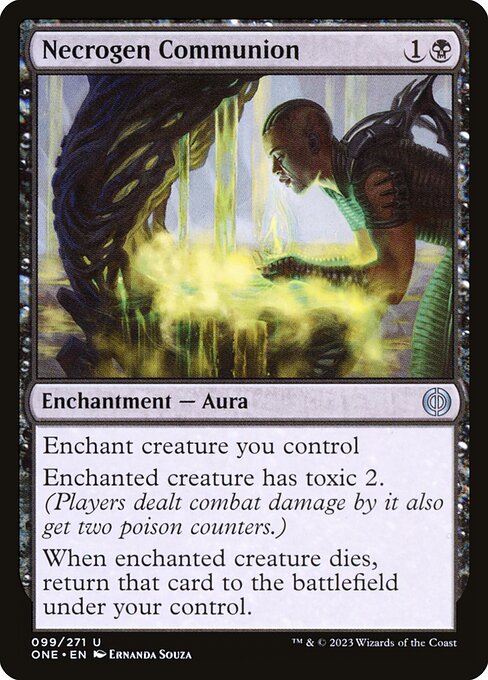
Necrogen Communion
-
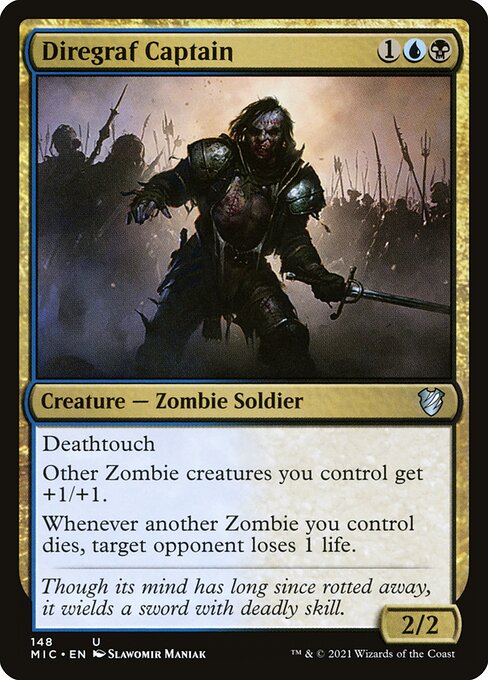
Diregraf Captain
-
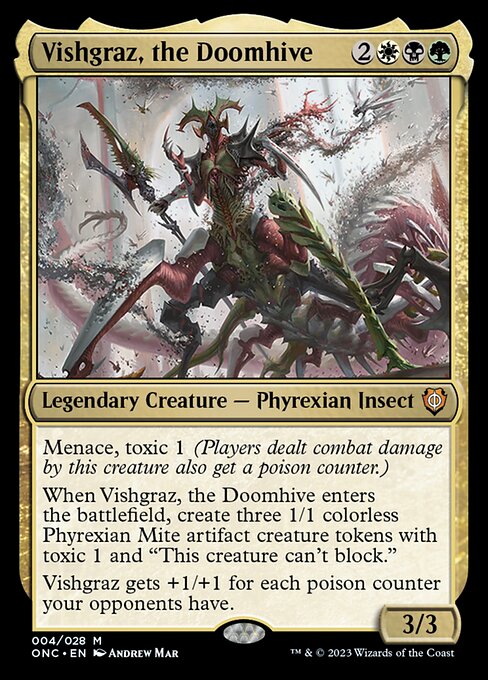
Vishgraz, the Doomhive
-

Young Pyromancer
-
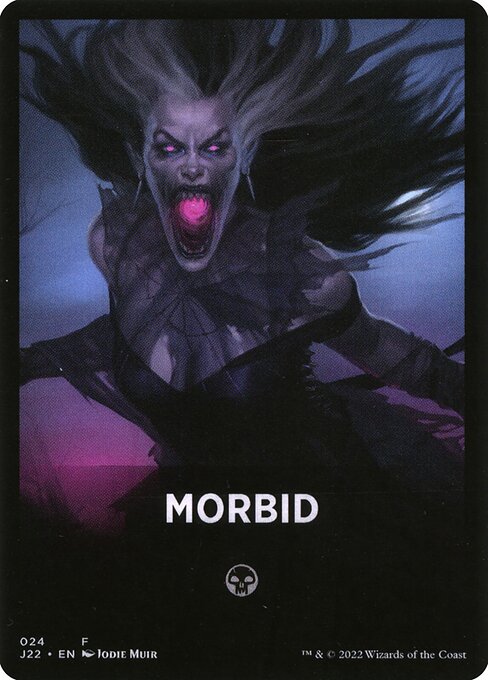
Morbid
-

Arcane Signet
-
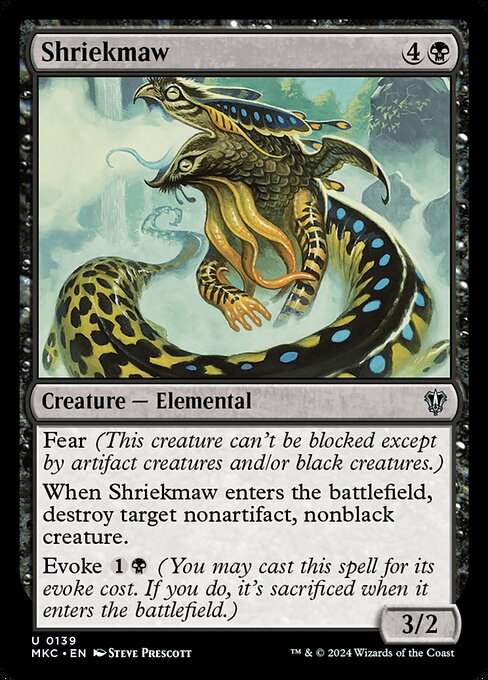
Shriekmaw
Gameplay Summary
The game featured four players piloting distinct decks: an infect-focused deck aiming to poison opponents quickly, a zombie tribal deck leveraging sacrifice and card draw, a Dungeons & Dragons-themed deck utilizing the venture into the dungeon mechanic for value and recursion, and a spell-slinger deck centered on instant and sorcery spell copying.
Early turns were marked by mana ramp and setup, with key creatures like Tainted Field and Bloated Contaminator applying poison counters and proliferate triggers to accelerate the infect strategy.
The Dungeons deck capitalized on creatures dying to venture into the dungeon and eventually bring back strong threats, while the zombie tribal deck used sacrifice outlets and token generators to swarm the board.
The spell-slinger player sought to chain spells and generate value with copied spells and platform counters. A pivotal moment occurred when the zombie player cast Diregraf Captain and flashbacked Morbid, forcing mass sacrifices that triggered dungeon ventures and board shifts.
Infect damage steadily grew, aided by proliferate effects from Bloated Contaminator and other sources, pressuring opponents to block or take lethal poison counters.
The Doom Hive commander proved a significant threat by producing toxic insect tokens and growing stronger with each poison counter on opponents.
Board control was contested with removal from the zombie deck and strategic plays by the spell-slinger.
The game revolved around managing infect counters while leveraging value from creature deaths and spell synergies, with the infect deck looking to close out via combat damage or proliferate to lethal poison.

























![Trelasarra vs Wilhelt vs Sefris vs Kaima [Budget EDH/Commander, MTG Gameplay 2022] thumbnail](https://i.ytimg.com/vi/3jTvJtQ7wDc/sddefault.jpg)


















![Herumkommandiert #03 | Commander EDH Gameplay [Deutsch] thumbnail](https://i.ytimg.com/vi/rQHOj8aFjf0/sddefault.jpg)







